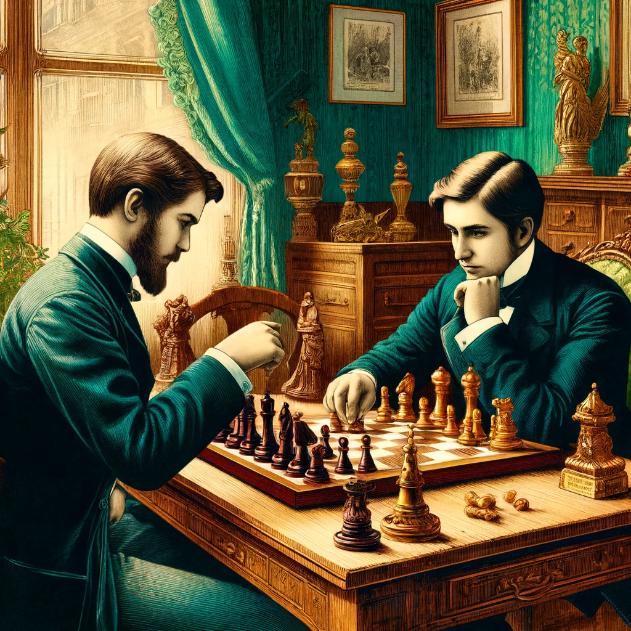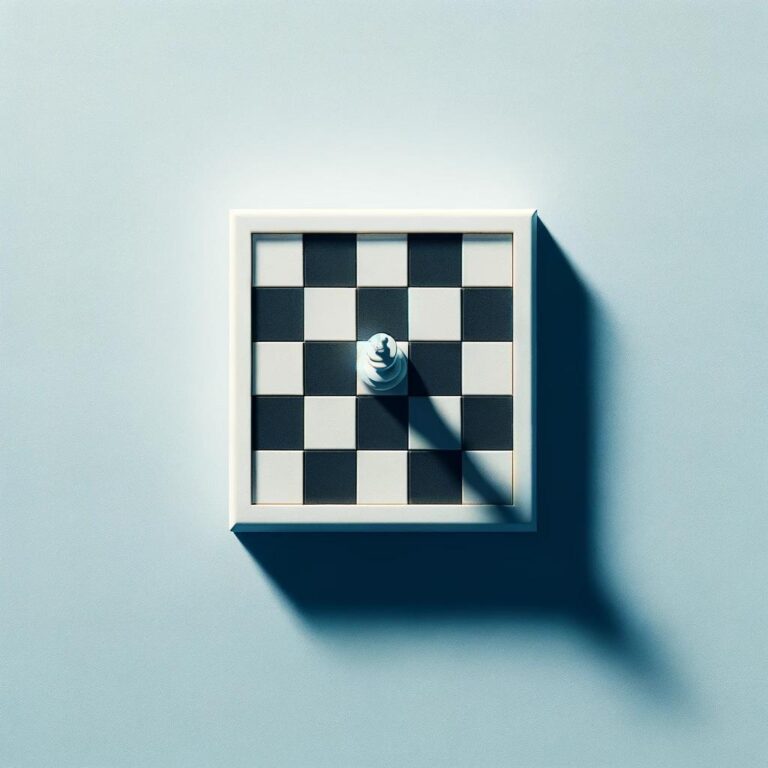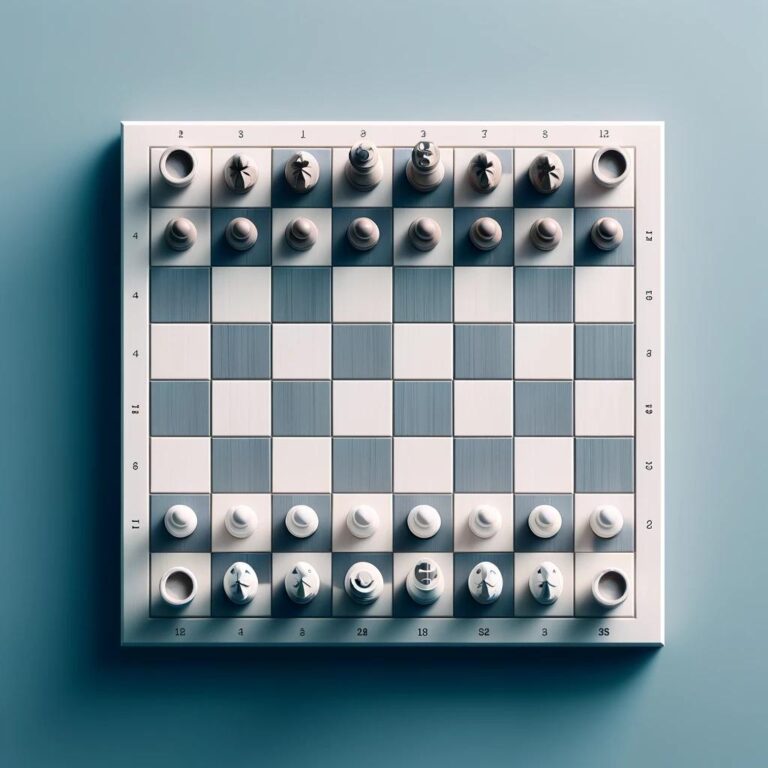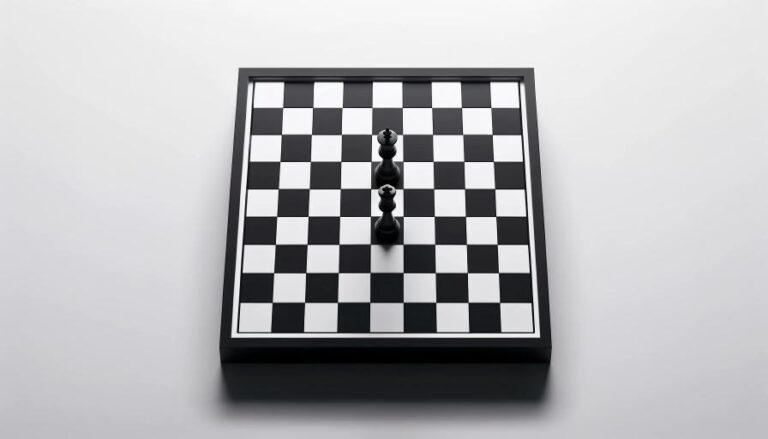Introduction to Opposition Chess
In traditional chess, players often focus on capturing their opponent´s pieces and putting the king in checkmate. However, in Opposition Chess, players must anticipate and plan their moves based on the position of the opponent´s king. This adds a new level of complexity and challenges to the game, making it a favorite among serious chess players.
What Is Opposition in Chess?
Opposition in chess refers to a situation where two kings stand on the same file, rank, or diagonal with only one square between them. This tactical position is crucial in king and pawn endgames, where controlling key squares can dictate the outcome of the game.
Why Is Opposition Important?
Achieving opposition allows a player to control the movement of the opposing king, often leading to a positional advantage. It forces the opposing king to move away from critical squares, thus facilitating progress towards promotion or checkmate.
How to Gain Opposition
To gain opposition, maneuver your king so that it faces the opposing king directly with one square between them. It’s important to time your moves so that your opponent must move their king away first, giving you the chance to advance.
Types of Opposition
There are several types of opposition in chess, including direct, distant, and diagonal opposition. Direct opposition occurs on the same file or rank, distant opposition involves multiple squares between the kings, and diagonal opposition happens along diagonals.
When to Use Opposition?
Opposition is typically used in the endgame when few pieces remain on the board. It is most effective during king and pawn versus king endgames, where controlling key squares can lead directly to winning positions or drawing strategies.
The Role of Opposition in Pawn Endgames
In pawn endgames, achieving opposition can prevent the opposing king from blocking a passed pawn or capturing pawns. It can also be used to support one’s own pawn advancement by controlling key squares ahead of the pawn.
Outmaneuvering the Opponent Using Opposition
Outmaneuvering an opponent using opposition involves strategic placement of your king to force the opposing king into a disadvantageous position. This often involves a combination of gaining opposition and timely pawn moves.
Opposition and Zugzwang
Opposition can lead to zugzwang, where the player forced to move is at a disadvantage. Achieving opposition can compel the opposing player to make a move that deteriorates their position, facilitating a win for the other player.
Common Mistakes in Using Opposition
One common mistake is miscounting the moves leading to opposition, resulting in losing the opposition and potentially the game. Another mistake is over-prioritizing opposition at the expense of other strategic objectives, such as advancing passed pawns.
Advanced Techniques Involving Opposition
Advanced techniques involving opposition include the concept of “trebuchet” or “distant opposition,” where kings are positioned with more than one square between them, but still in opposition. This can be used to control more squares and force the opposing king into even less advantageous positions.
Basic Rules of Opposition Chess
The basic rules of Opposition Chess are similar to traditional chess, with a few crucial differences. The game is played on a standard chessboard with 64 squares, each player having 16 pieces â one king, one queen, two rooks, two knights, two bishops, and eight pawns.
One of the essential rules of Opposition Chess is the use of âpassive pieceâ wherein players can move their pieces without capturing the opponent´s piece. This rule is significant because it helps players to plan their moves carefully instead of just capturing pieces aimlessly.
Strategy and Tactics in Opposition Chess
In Opposition Chess, the king´s positioning plays a crucial role in determining the outcome of the game. Players must know how to restrict the opponent´s king and protect their own king strategically. The following are some essential tactics that can help players master the art of king positioning in Opposition Chess:
2. Develop your pieces â Developing your pieces, especially the bishops and knights, is essential in creating a strong defense and controlling the opponent´s king. Players must also be careful not to create any weaknesses while developing their pieces.
4. Focus on the opponent´s king â As mentioned earlier, the focus in Opposition Chess is to restrict the opponent´s king, not just checkmate it. Players must constantly look for ways to position their pieces to block the king´s movement.
Key Elements of Opposition Chess
The key elements of Opposition Chess are similar to the fundamental principles of traditional chess â control, mobility, and king safety â but with a focus on the opponent´s king. Let´s look at these elements in detail:
2. Mobility â The movement of the pieces is essential to restrict the opponent´s king. Players must ensure that their pieces are mobile and can move quickly to block the opponent´s king.
4. Positioning â The positioning of the pieces determines the strength of the player´s position on the board. In Opposition Chess, players must position their pieces in a way that restricts the opponent´s king and provides strong defense for their own.
Mastering the Art of King Positioning in Opposition Chess
Mastering the art of king positioning in Opposition Chess requires practice, patience, and a deep understanding of the game. Players must continually analyze the opponent´s moves, anticipate their next moves, and plan their own moves accordingly.
In conclusion, Opposition Chess is a unique and challenging form of chess that tests players´ critical thinking, strategic planning, and ability to anticipate their opponent´s moves. By mastering the art of king positioning, players can improve their chances of winning and become skilled Opposition Chess players.






